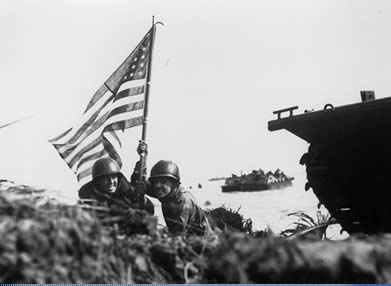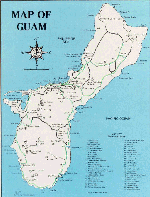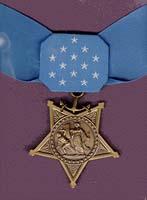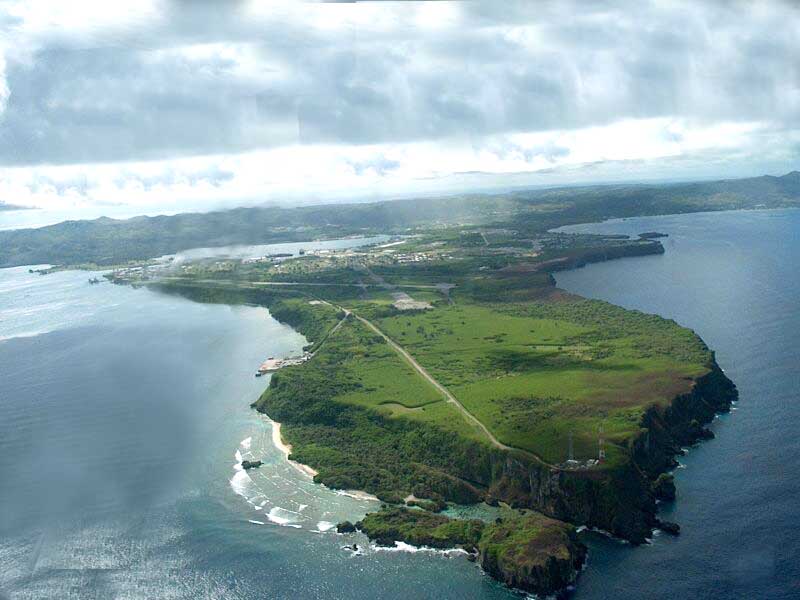Liberation Day – 1944
July 21st, 2007 by xformed


[..]
The first European ship to arrive here was under the command of Ferdinand Magellan, who discovered the island of Guam and this quiet bay in 1521.His arrival led to Spanish colonial rule, which lasted until 1898. At the end of the Spanish-American War, Guam – along with Puerto Rico and the Philippines – became an American territory.
During the Spanish period, a small village emerged along the bay, and today Umatac remains a serene community accented by the spire of the local church honoring San Dionisio. Nearby is the Magellan Memorial, commemorating the discovery that changed the course of Guam’s history.
The island’s first inhabitants were the Chamorros, expert navigators and adventurous seafarers who had left Southeast Asia and crossed the sea in open canoes. No one is certain exactly when the Chamorros arrived on Guam, but scientists estimate their first landfall to have been about 5,000 years ago.
From Magellan’s arrival until today, Guam’s location in the Western Pacific has made it strategically important. Part of the Marianas group, it lies 3,800 miles west of Hawaii and 1,500 miles south of Japan. From north to south, the island measures about 32 miles in length four to eight miles in width.
Guam’s strategic importance was dramatized on December 10, 1941 – just after Pearl Harbor – when Japanese forces overpowered the U.S. garrison and took control of the island.
It remained under Japanese occupation until July 21, 1944, when U.S. Marines and Army troops, supported by Navy and Coast Guard vessels, carrier-based aircraft and special units such as the Navy Seabees, began the battle to liberate the island.
[…]
When organized resistance was declared at an end by U.S. military commanders on August 10, the operation had resulted in nearly 7,400 U.S. casualties, of which almost 1,800 were killed.Runways were built as soon as the island was liberated, and almost immediately long-range B-29 bombers were taking the war directly to the Japanese homeland.
[…]
Some extra details come from the 50th Anniversary website:
The Liberation
The American air raid on February 23, 1944, signaled the return of the Americans on Guam.1 [a number at end of sentence refers to the endnotes] This sign was what the Guamanians had been waiting for. The Japanese Americans, but the Japanese insisted to the Guamanians that the Americans would not come back. The Japanese also told the Guamanians that the Japanese were actually winning the war. July 21, 1944 marks the day the liberation forces landed on Asan and Agat beaches to free Guam from the more than two years of Japanese occupation. Three hundred planes dropped 124 tons of bombs over the 14-mile coastline from Agana to Bangi Point. 2 The island was burning from one end to the other, and the flames were non-stop. The invasion of Guam was the most symbolic step yet taken in the Central Pacific campaign up to this date; it was also the largest land they had yet set out to conquer. 3 Guam’s recapture was significant because it would return an important possession to American hands and provide a forward supply base for future operations in the Pacific.4 The Americans also felt a moral obligation because of their earlier hold on Guam and the Guamanian loyalty towards them.
[…]
Of note on the 50th Anniversary website is a discussion of the half century plus disagreement over the control of Guamanian land. It has been an important issue all these years, and I’m sure hasn’t been completely resolved.

- Pfc LEONARD MASON, USMCR
- Pfc FRANK PETER WITEK, USMC
- Pfc LUTHER SKAGGS, JR., USMCR
- Captain LOUIS HUGH WILSON, JR., USMC
The “Liberation – Guam Remembers” website has some very compact, yet interesting items, discussing the occupation life, and the liberation/post-liberation people and situations on Guam. One of the historical “nuggets” of information I just gleaned was that Guam was the site of the War Crimes trials.
One of the long standing stories of surviving behind enemy lines is that of RM1 George Tweed, USN, who escaped the Japanese wand was safeguarded, with much danger to, the Guamanian people, who heroically sheltered him until he was rescued by the USS McCall on July 10th, 1944. “Robinson Crusoe, U.S.N.” is George’s autobiographical report of his time avoiding captivity.

Guam – Where America’s day begins, was witnessing a new beginning this day in 1944.
This entry was posted on Saturday, July 21st, 2007 at 10:48 am and is filed under Army, History, Jointness, Marines, Military, Military History, Navy. You can follow any responses to this entry through the RSS 2.0 feed. Both comments and pings are currently closed.

July 21st, 2007 at 3:34 pm
Very interesting post! Guam is indeed going to be America’s key strategic base for the Asian and South Pacific theaters.
Have a great weekend!
July 22nd, 2007 at 10:32 am
I was on Guam for three years myself, late 80’s to 1991. I lived about 100 yards inland from the invasion beach in Agat. Some morning when I would get up early and go for a run, it felt a little strange to be jogging by those gun emplacements, like somebody was watching.
There were still a lot of war relics when I was there too. There were some caves discovered near Nimitz Hill that still had some remains inside. That discovery led to a directive not to go exploring caves because somebody had part of a human skull in there barracks room.
By the time I was rotating back to the states, it felt like the entire island was on the base closings list, SAC had left Andersen, NAS Agana was closing, NAVMAG was scaling back, NAVOCEANCOMCEN was consolidating and moving to Hawaii, etc, etc. It seemed that soon the whole island would be turned over to the Tourists from Japan.
I am glad so see that they didn’t close everything down.
September 3rd, 2007 at 9:50 am
[…] the Marshall Islands, Truk and the famous “Great Marianas Turkey Shoot” and the invasion of Guam (July 21st, 1944). This HULL was lost in one of the most tragic accidents in our Navy’s history, the loss of […]